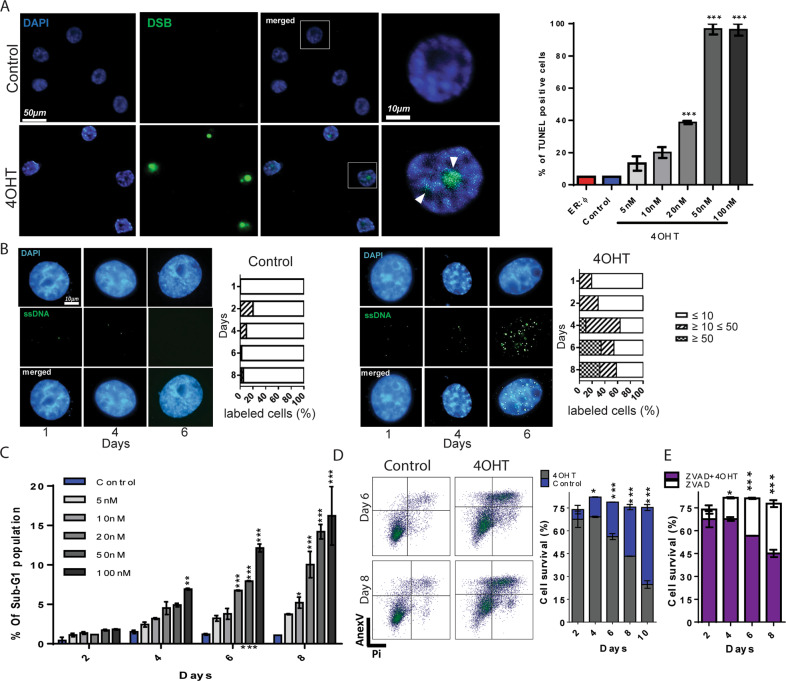Fig. 3. The oncogenic stress triggered by high HRasG12V activity causes DNA damage leading to cell death.
A TUNEL assays showed high levels of DNA strand breaks (DSB) in cells after six days of 4OHT induction in a dose-dependent manner. Two groups of controls were used: noninduced ER:HRasG12V keratinocytes and ER:ø-keratinocytes treated with 50 nM of 4OHT emphasizing that the increasing levels of HRasG12V, but not 4OHT, are responsible for DNA breaks, n = 100 cells per condition. The whole experiment (including the experimental controls and the other 4OHT concentrations used), is presented in Supplementary Fig. S4. B In ER:HRasG12V keratinocytes, native chromatin-BrdU assay showed persistent sites of single-stranded DNA (ssDNA) after six days of 50 nM 4OHT induction. For each condition and day analyzed, at least 50 nuclei were counted and classified into three different phenotypes: normal ≤10 foci/nucleus, the initial stage of replication stress ≥10 ≤ 50 foci/nucleus, and advanced stage of replication stress ≥50 foci/nucleus. The whole kinetic experiment is displayed in Supplementary Fig. S5. C Sub-G1 populations increased with dose and time of HRasG12V induction. The graph is representative of two independent experiments carried out in duplicate. D Annexin-V/PI-flow cytometry analyses: ER:HRasG12V keratinocytes induced with 50 nM of 4OHT and the noninduced control condition were analyzed for 10 days. Density plots are presented as an example of the profile of ER:HRasG12V keratinocytes in days 6 and 8. E In the same kinetic design, the treatment with 25 µM of the caspase inhibitor ZVAD did not rescue the viability of keratinocytes under high HRasG12V activity. The graphs are representative of three independent experiments. For flow cytometry, 30 × 103 cells were considered per condition and time point. Data presented as a mean (SD). One-way ANOVA for B and two-way ANOVA for C and D. *P ≤ 0.05, **P ≤ 0.01, and ***P ≤ 0.001, Bonferroni post hoc.

